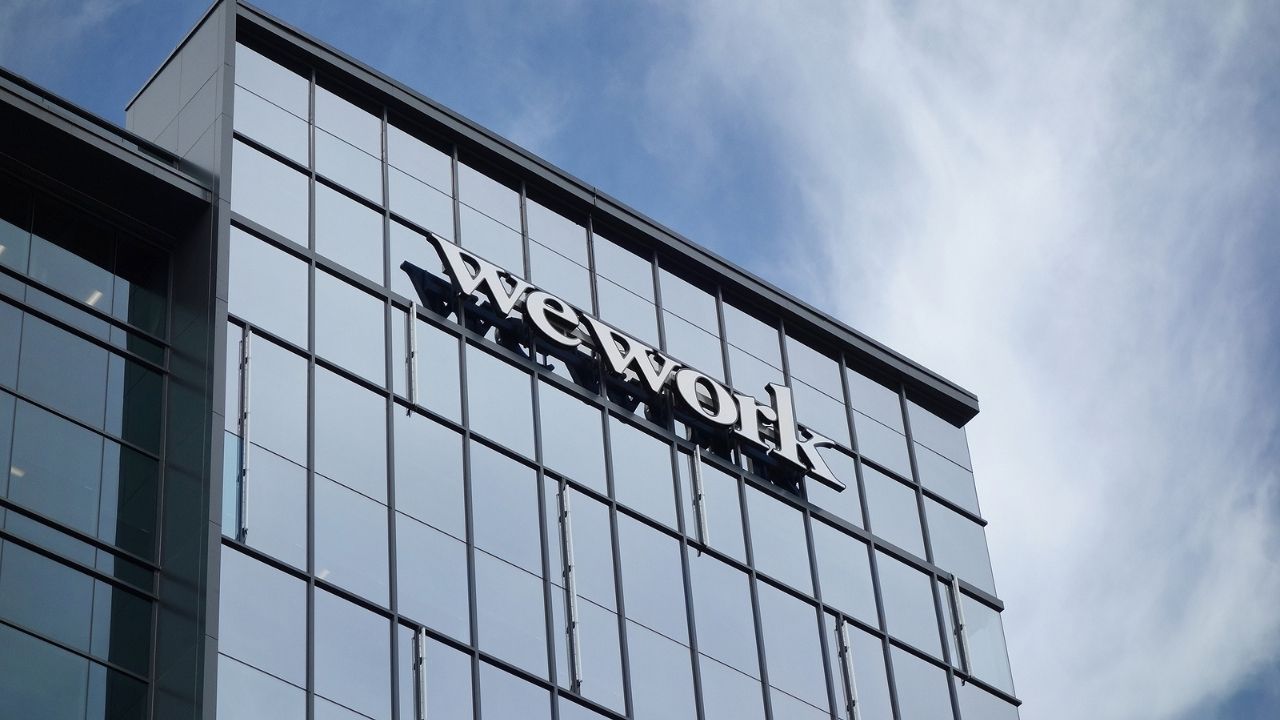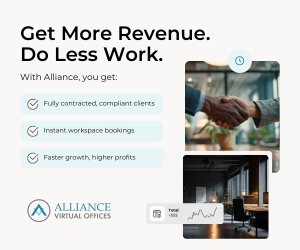Flexibility in the workplace no longer just means remote working or hybrid arrangements — it also means adopting asynchronous schedules, achieving a work-life balance and more.
Now, companies need to take a deeper look into daily practices as they weigh what is in store for the future of workplace operations. This means understanding how productivity and performance should be measured.
The biggest misconception that continuously plagues the workplace is that time spent at your desk is equivalent to success. However, if the past year has taught the world anything, that is not the case. Instead, the focus should be on how employees are meeting expectations set by leaders.
So how can companies achieve these goals in a truly effective and engaging way?
For starters, managers should set clear and specific metrics for workers to meet. Deadlines, quotas and output goals are great ways to provide structure for employees to meet goals.
However, be aware of setting overwhelming goals. Metrics should be both scalable and digestible as to not overload workers with unreasonable expectations. Incorporating a well-defined objectives and key results (OKR) process is the ideal way to avoid adding stress to employees.
Communication has always been the backbone of any successful company, and the increase of distributed teams makes it that much more so. Leading with empathy and understanding will be key in ensuring that employees are not only happy with their position, but are also eager to succeed and meet goals.


 Dr. Gleb Tsipursky – The Office Whisperer
Dr. Gleb Tsipursky – The Office Whisperer Nirit Cohen – WorkFutures
Nirit Cohen – WorkFutures Angela Howard – Culture Expert
Angela Howard – Culture Expert Drew Jones – Design & Innovation
Drew Jones – Design & Innovation Jonathan Price – CRE & Flex Expert
Jonathan Price – CRE & Flex Expert











